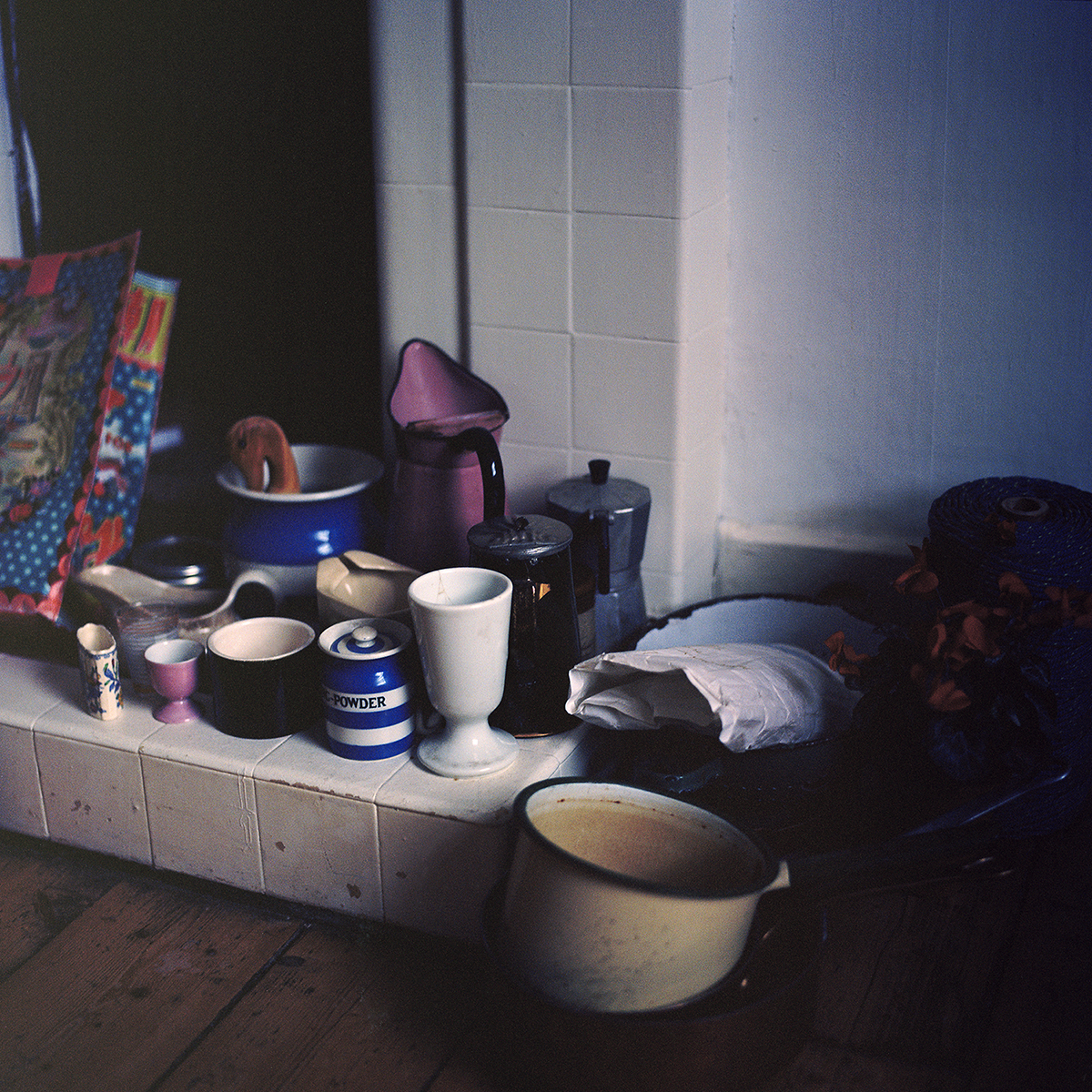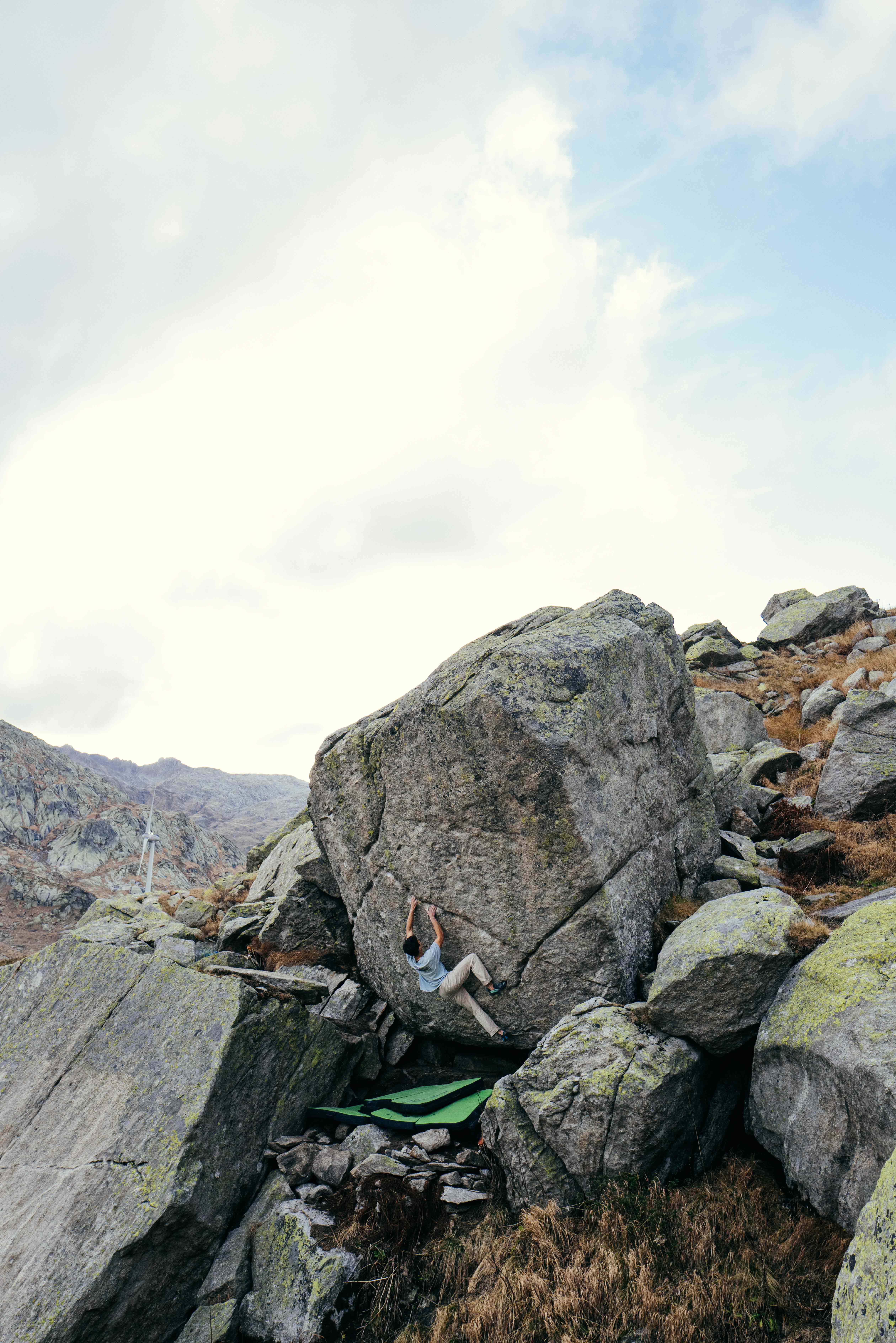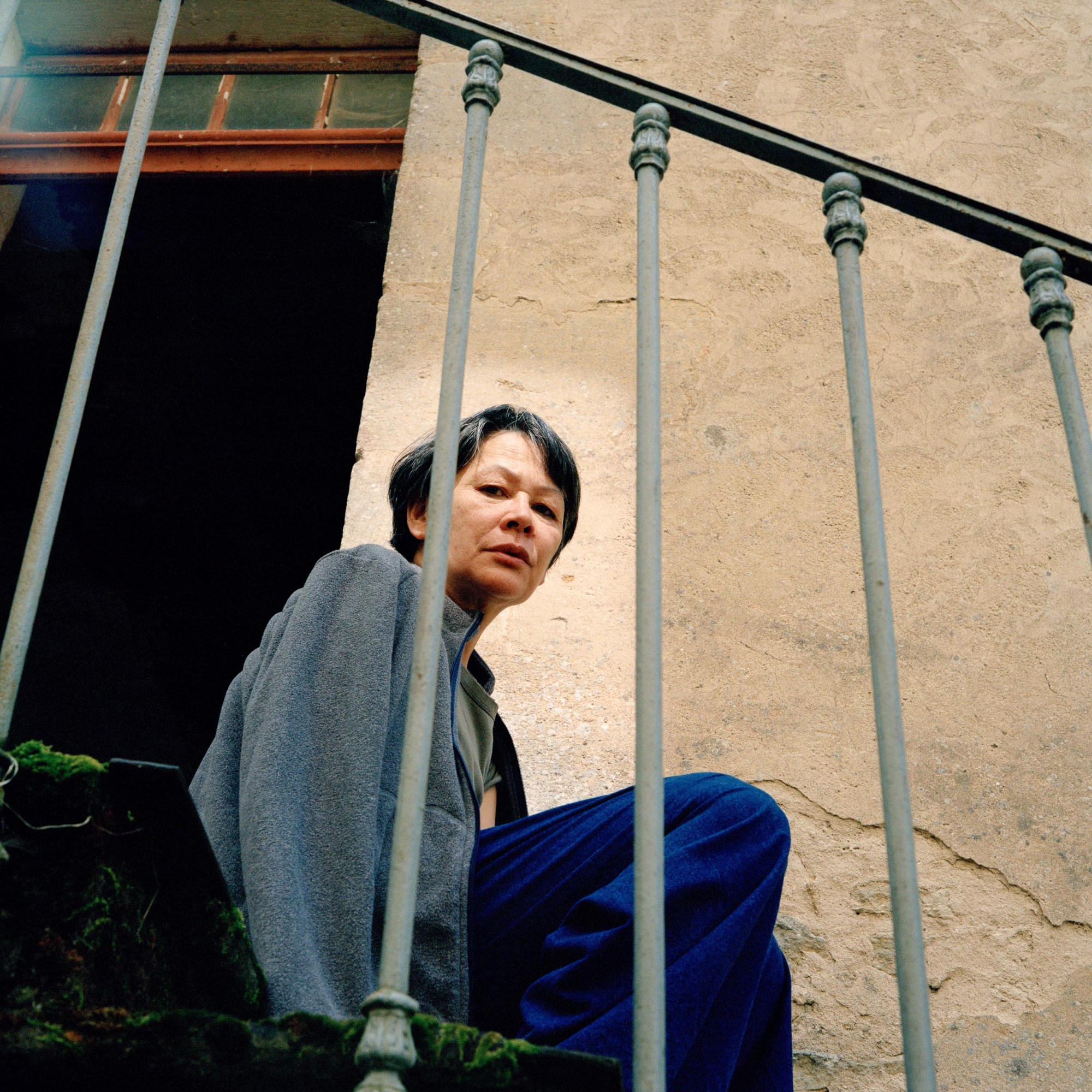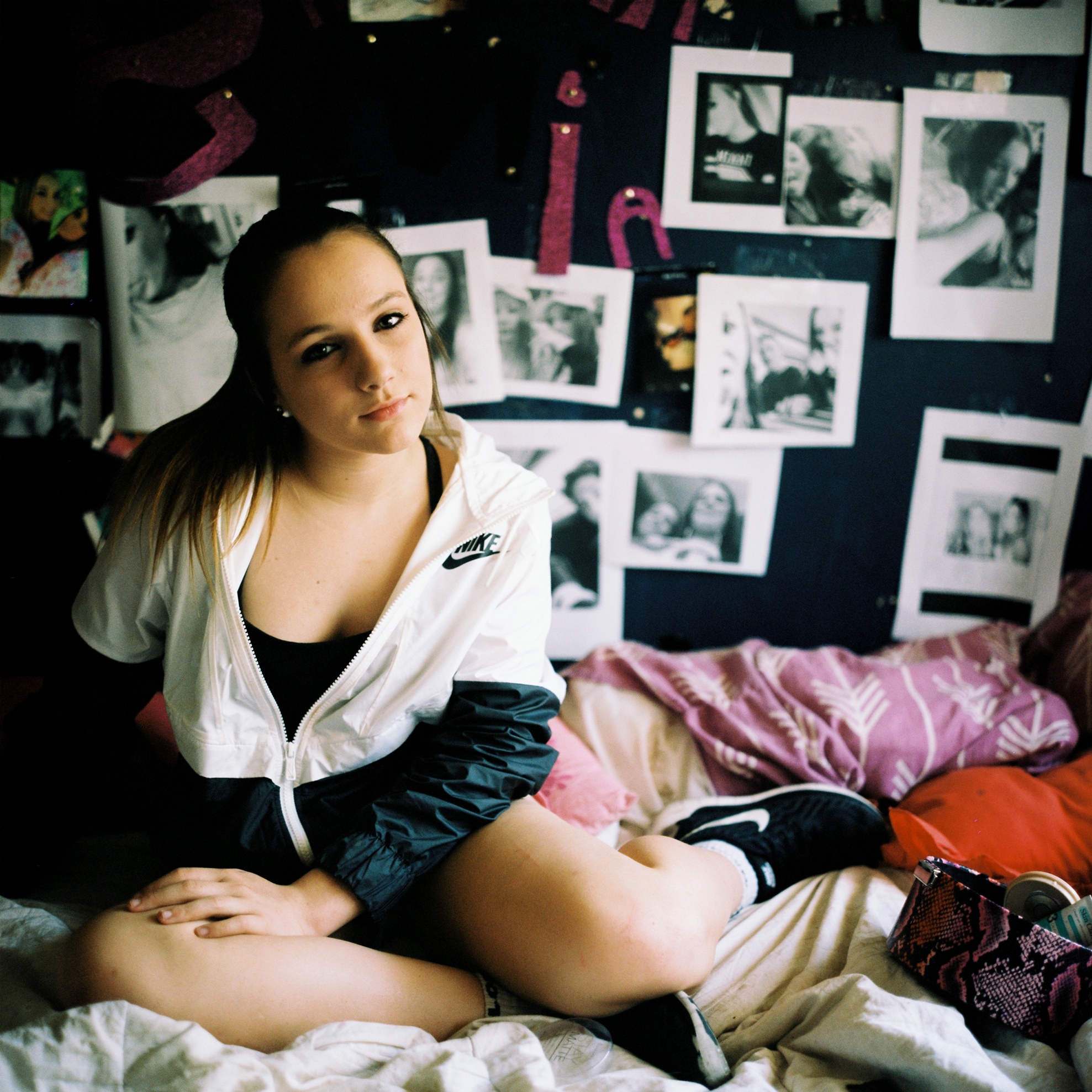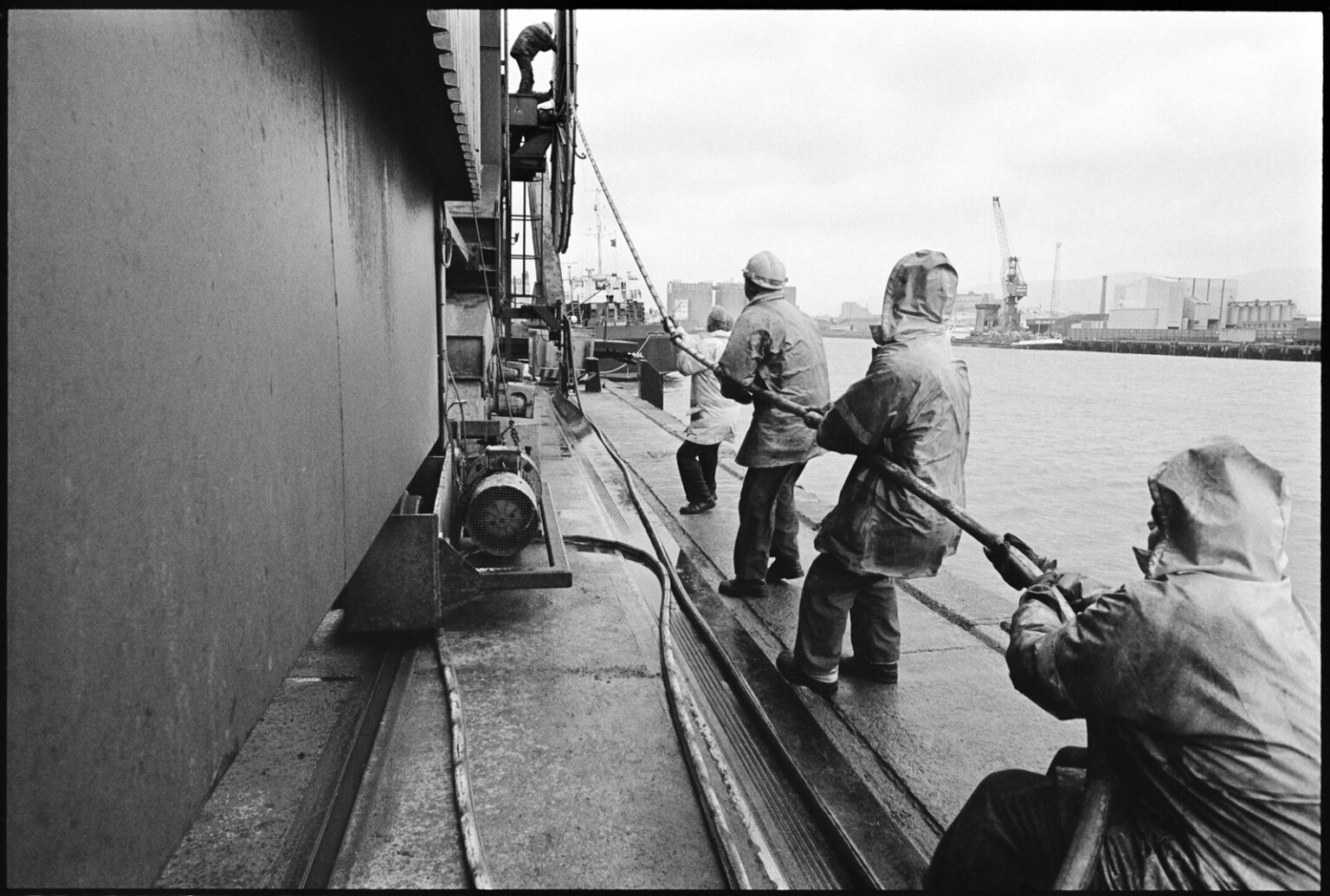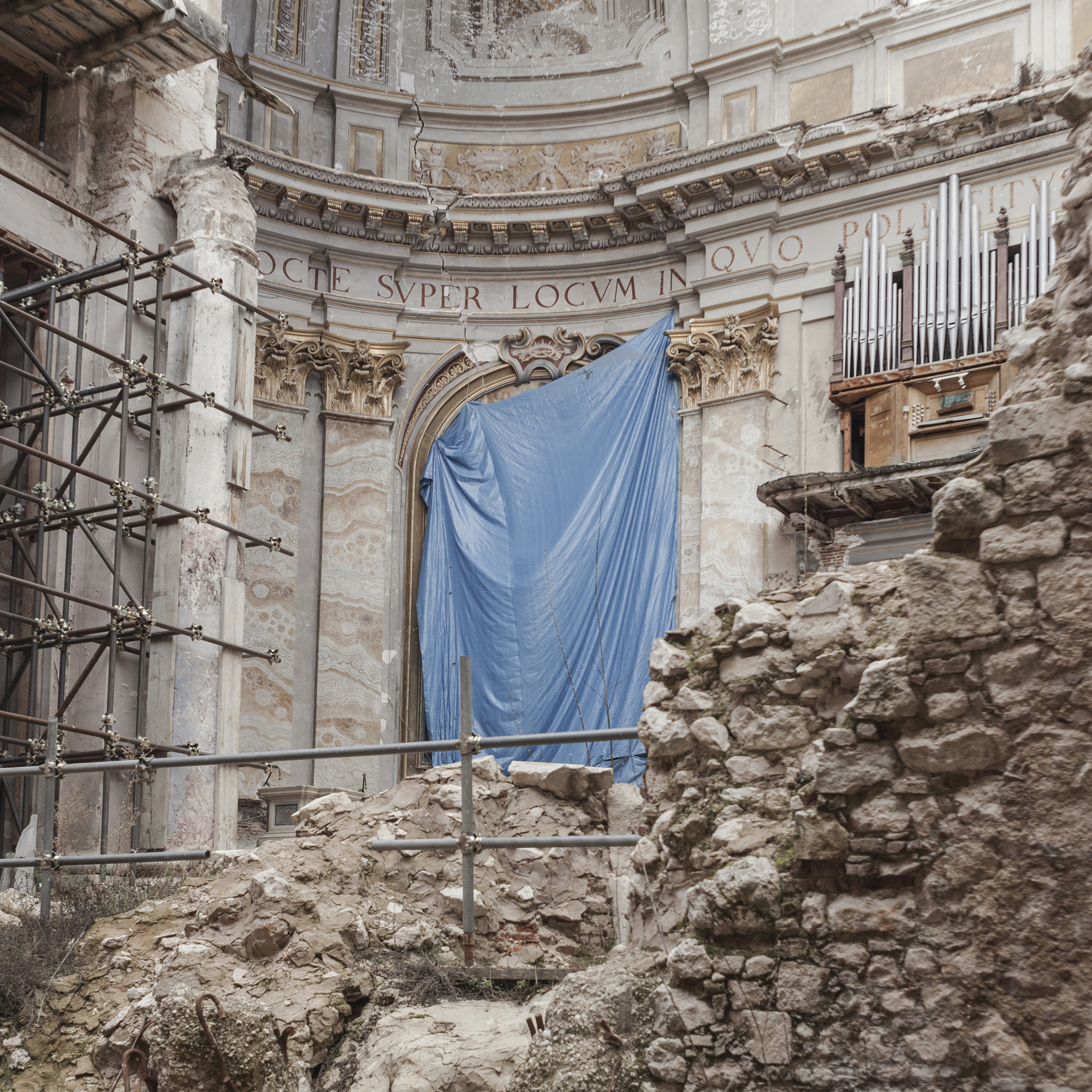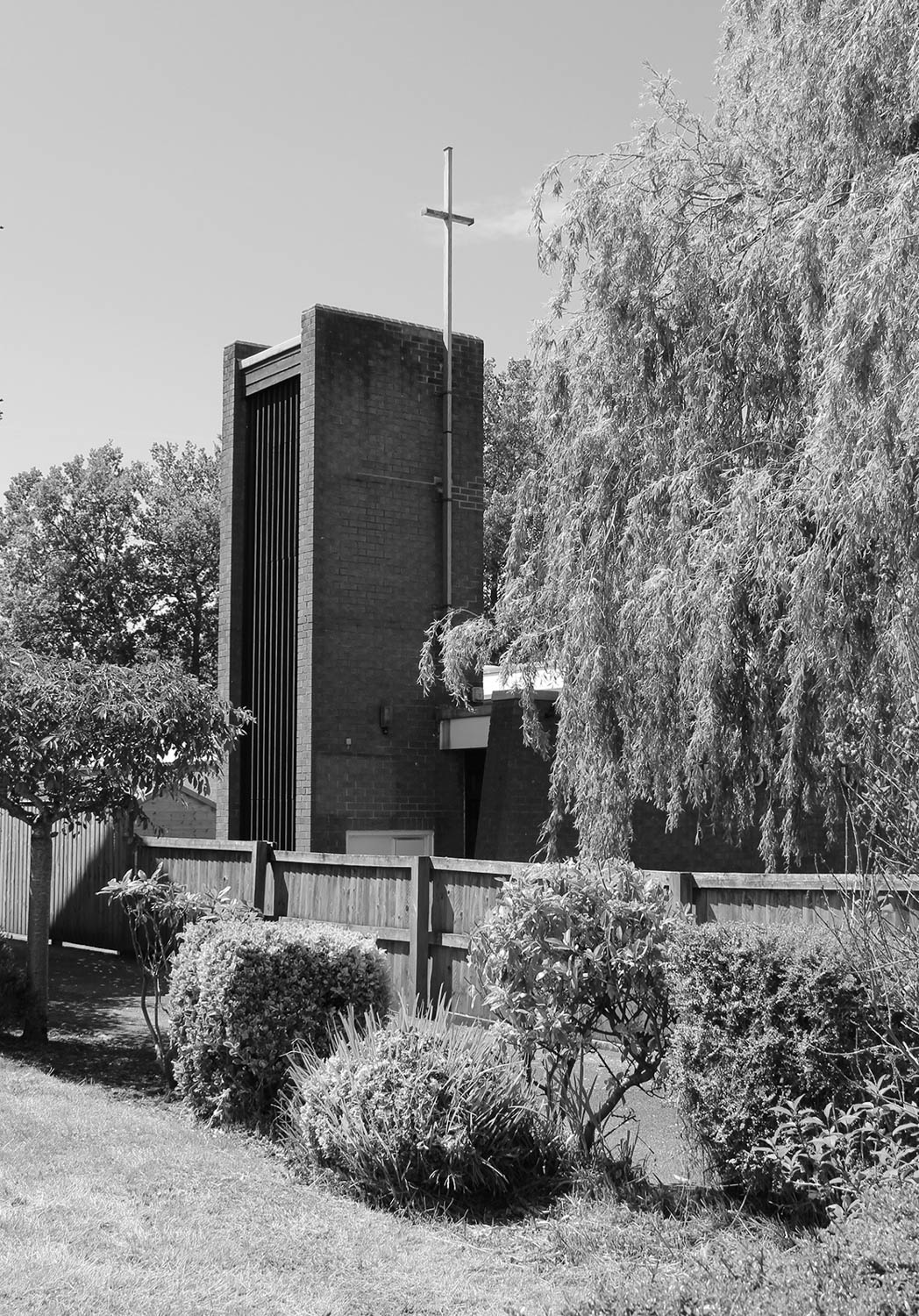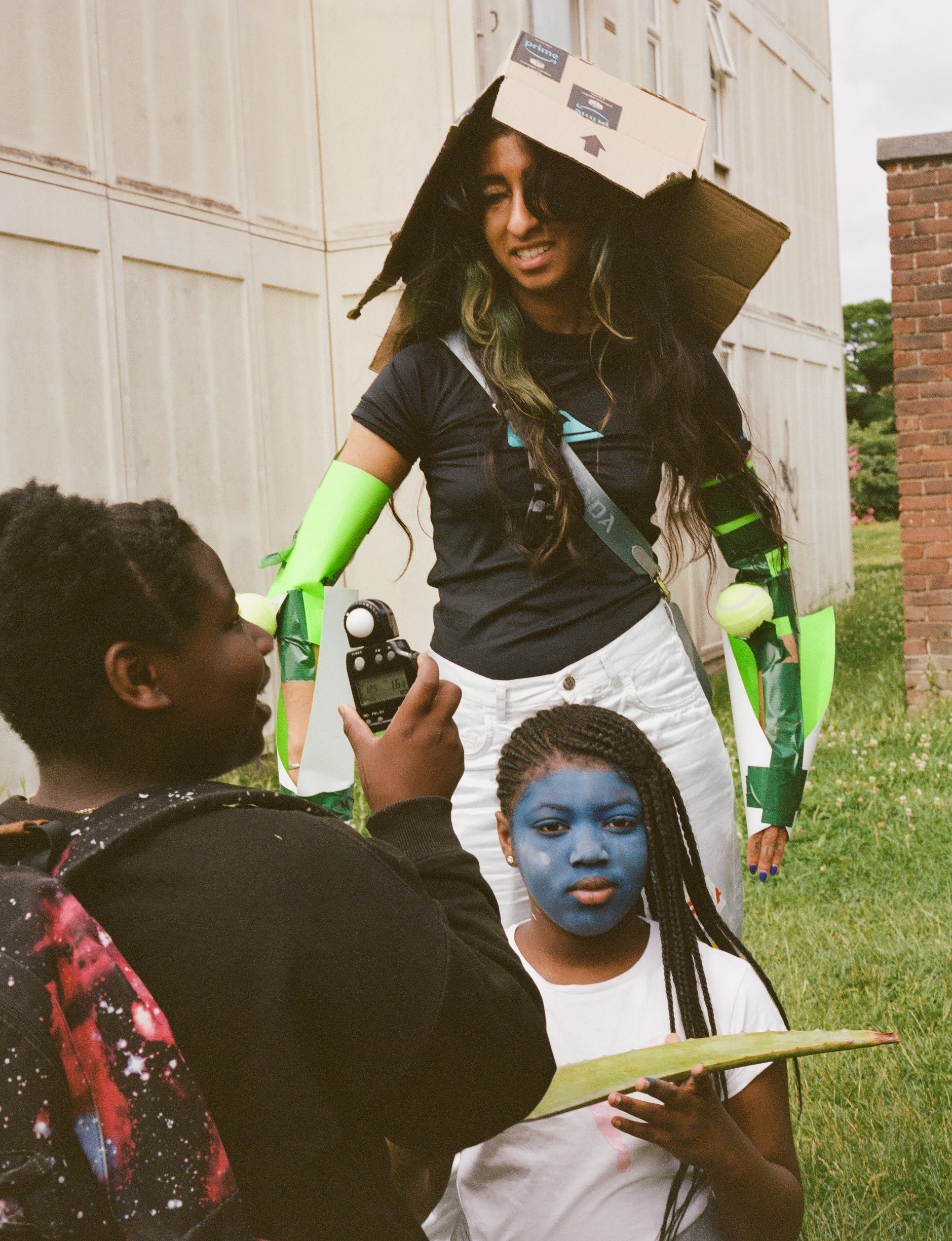London based photographer and lecturer, Celine Marchbank, has a career that is deep rooted in photography. Graduating from LCC in Photojournalism and Documentary Photography and later going on to teach at both LCC and Falmouth, Celine has also created many successful bodies of personal work that have gained global recognition. Celine's practise has been described as exploring everyday life, with a particular interest in home, family and community.
ED: At what point did you realise that you wanted to document your grief and the process of cooking your mothers recipes?
CM: In 2010 my mother died from cancer, and that year I had made a body of work about the last months we had together, Tulip, which I published into a book in 2016. I photographed mainly in her home, collecting the small details that meant things to me. That need to make work continued after she died, perhaps even greater then. I continued to document within her house, though all the life had gone it wasn’t the same place, it felt sad, but I continued to photograph, knowing that one day we would have to leave the house I felt under pressure to photograph inside it as much as possible. As I was packing up and sorting through my mum’s possessions I started to find her recipes, she had been a chef for 40 years, but I hadn’t known about the written recipes I started to find. They spanned many years, some were even her mother’s. When you grow up the daughter of a head-chef you wrongly assume there’s no need to learn to cook the food that has been cooked for you all your life, but when my mother died I realised how much I’d taken for granted. She was only 66 when she died and I was 30, which was too early, we both thought we’d have many more years together, she hadn’t had the chance to pass down her food history to me. So I decided to start to cook the recipes she had left behind. At the beginning it wasn’t really about photographing, it was more the process of cooking I was interested in, the distraction it gave me from the grief but also the connection to my mother. During this time I was also writing about my grief, I started a blog when I was making Tulip and had found writing a very useful outlet for my emotions, it helped get the sad feelings out and to try to make some sense of all the pain. So I continued to write about grief on my blog and at first felt the writing and the cooking were two separate activities, but then they just seemed to naturally merge into one, they were all about the grieving process and my attempt to navigate through it.
The title of the work A Stranger in My Mother’s kitchen, comes from a piece of writing about grief, about how it’s an uninvited guest, one that refuses to leave. This whole process has been about getting to know the grief and making a space for it in this new life I was discovering, my new life without a mother.
EP: How did you balance the personal endeavour of learning and cooking your mother’s recipes, along with creating the imagery for the project?
CM: To me they are all the same, the making of the food and the making of the images were all a personal endeavour. I made the decision this would not be a cookbook style project, it wasn’t about the recipes and a picture of a plate of food, it was about the emotion and memories the cooking my mother’s recipes brought up in me. I was photographing a feeling rather than a thing. The process was not rigid, it was free, I wanted to enjoy the process, to connect back to my mother and if I made some images then that was fine and if not then that was fine too. Some days I’d just cook and not even have my camera, others certain things would really resonate with me, such as her Fish Soup recipe, it was one of the dishes she was famous for in her restaurants. I have found memories as a small child of sitting in an empty restaurant with fabulous smells and noises coming from the kitchen, it must have been school holidays, she’d be busy doing her prep for the service coming up. When I cooked her soup the smell of it took me right back to that moment, I felt 5 years old again waiting for her to bring me a bowl of it. I photographed that, not the dish.
The photographing and retracing part of the project took around 5 years, so it was a rather long but enjoyable process filled with both happy and sad memories, but it was an important course for me of how to navigate the complex grieving process.

EP: As grief can be such a disorienting process how did you give direction to the project?
CM: There wasn’t an actual direction at the beginning, it all grew from a feeling of needing to do it and not really knowing what exactly I was doing or aiming for. The project just seemed to evolve as I went along, it started with me photographing in her home as we cleared it out, that’s when I found the recipes. Then when I moved to a new house I continued to photograph both the cooking and growing food, and then started to travel around to places. I was writing about grief all that time, as I had been writing about death through my Tulip work. All these things were going on at the same time really, they were just happening, it wasn’t until I started to see that they were all part of the same process, they were what I was doing to navigate myself through the grieving process, that I started to see this was in fact all one body of work. I had originally seen the writing as very separate to the images and recipes. When I realised the connection it all made more sense, and then when I started to think about the work in a book form that’s when I started to see how all these elements may sit together. That’s when I photographed the recipes and started to treat them as physical objects within the book and started to edit down the texts to help form a narrative that was beyond a story of just food or cooking.

EP: How do you think the writing, and recipes aid the project instead of telling the story from a purely photographic standpoint?
CM: I think they are invaluable. The recipes are historical and beautiful documents, they needed to have a prominent position in the book, and the same with the writing about grief. The writing and recipes are the spine that holds all the work together, they both needed to play an equal part in the book. The food images convey a mood and are powerful images on their own but the other elements are what makes it an interesting narrative. Tulip used writing, it had poignant captions that gave the viewer more information, just enough to change the meaning of some images, to fill in the gaps that the image couldn’t do alone. I love the relationship words plays with images, it’s a balance you have to get right.
EP: How did you approach editing the series?
CM: After making the work for over 5 years I had many images as you can imagine. I always knew I’d like to make it into a book, it’s the format I felt the work was best suited for. I love the book form for its intimacy and longevity. I started editing the work down for book form, so after I had a manageable amount of images I worked on paper on my studio floor. I was trying to find a way to make all the elements work together and to build the right narrative. I worked with a fellow photographer friend who works in a similar field as me, and his input was really valuable, I think it’s impossible to edit on your own work, especially when it’s a body of work so close to your heart and personal to you. I made a dummy from this, but I knew it wasn’t working as it could have. The image sequence was working, the recipes and the writing were the issue they were not integrated in the narrative as they should have been, I tried a few different ideas but then decided I needed someone else’s input and expertise. I was a graphic designer before I was a photographer, and designed my Tulip book myself, but I realised I needed new ideas for this, so that’s when I commissioned Loose Joints. Working with them on this has been great, they came up with a brilliant design solution to get all the recipes in to the book and work really well with the image sequence. I also worked with a writer to help edit down all my texts, and we worked together to select the right amount to help aid the narrative without being too heavy.
So really the editing process started with a pile of photos and continued all the way through to the final stages via many dummies, for me that’s the best way, it’s a long and valuable process.

EP: How has making the work over a long period impacted the project?
CM: It obviously allowed for a slower pace, which made it feel like something enjoyable to do, which might sound like a weird word to describe a body of work about grief! The slow pace of making the images was right for the work. There was no deadline or pressure to photograph and as I said earlier on some of the days I was cooking I did not make an image if didn’t feel it. This work was about helping me get through the grieving process, so it needed to work at the same pace the grief was, which isn’t fast, it took me about 5 years to fully feel like I was through it, so it was natural for the making part to last that same amount of time. Towards the end of making the images around 2015-16 I took a long trip around America, where my mother grew up, and when I got back to the UK I felt like something had lifted. That’s when I knew the making of the work had finished. The later stages have also taken a while, mainly due to deciding to change the book design and start working with other people, but again this slow pace feels right for this work. If I had rushed to make the work and publish the book sooner it wouldn’t have been ready. Some work just needs time, to make it or just to think about it, I’ve thought a lot about this body of work and it will be nice to finally share it with people soon.
EP: How has it developed from the initial point to now being turned into a publication?
CM: I’d been working on this body of work since 2011, cooking from the recipes on and off up until about 2015 and had also been travelling to places that had connections with my mother as another way to connect and retrace. From 2016-18 I’d worked on editing and sequencing the work and thinking about making it into a book. I worked with a good photography friend of mine Matt Finn to edit, I always find it better to work with others at this stage. I designed and made a dummy book and had started to show it to people. I wanted to publish it as a kind of follow on from Tulip. That work touched a lot of people, mainly as so many other people have had to experience their parents or close relatives/friends die from cancer, and I’ve felt it’s important to talk about death or to at least the people who have experienced it being able to talk about it to others that shared that experience. What I felt about grief was even less people were talking about it, and for me the grieving process was probably more painful than the period my mother was dying as at least then she was still alive. After she died there was just nothing, just this huge void in my life. After showing the initial book dummy I realised it was not how I wanted the story to look and feel. It just wasn’t working in this form I had created so I decided to commission a book designer (Lewis Chaplin from Loose Joints). I needed someone to design it with outside eyes, I was too close to it. Now we are in the final staged of finishing off the design and it will be published later this year. It seems somewhat fitting that it will come out this year, after a year of collective grief in our nation, and it seems like now people are finally properly prepared to really talk about grief.
EP: This body of work sounded like it naturally followed on from your project Tulip, are you intending to create anything that will act as a follow on from A Stranger in My Mother’s kitchen?
CM: I haven’t planned to, but you never know. All my work seems to be linked in some way I’ve discovered. A new body of work I made during the first lockdown, Shot in Isolation, was made as I recovering from Covid and was self-isolating, I photographed the flowers I had collected from my garden and allotment, I hadn’t realised how linked it was to my Tulip work until after I’d made it. Much of my work comes from an emotional attachment to something and the feeling of a need to explore it. At present I’m making work on my allotment, something I started before Covid, but now a place that has become even more important to me, it’s still evolving so will have to wait to see what it’s actually about.
